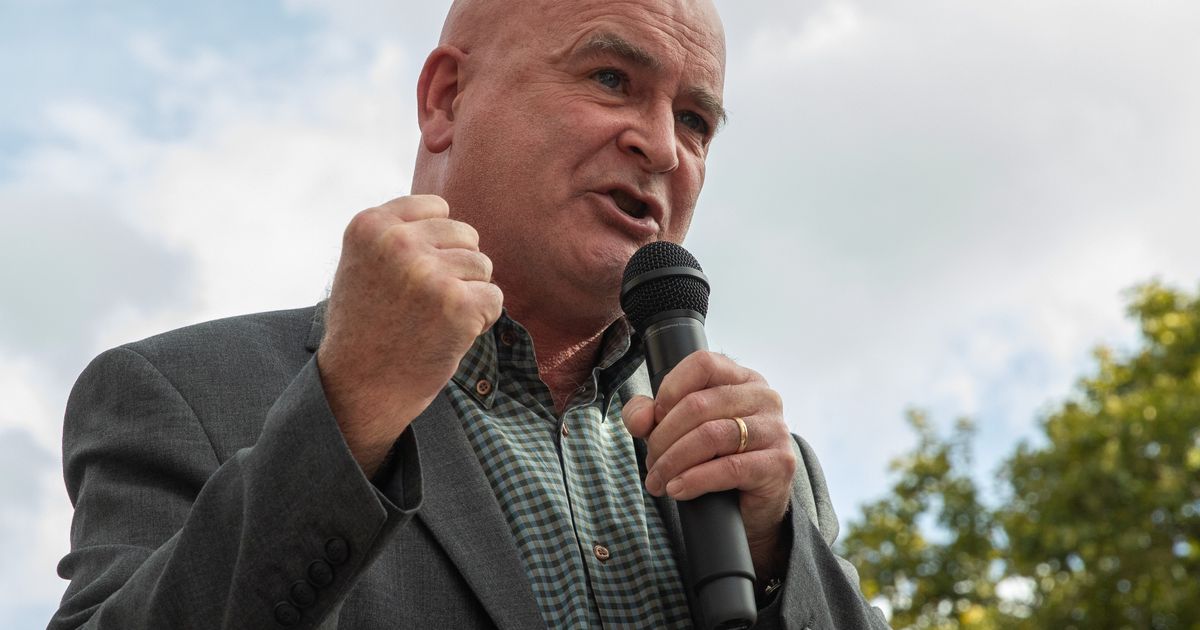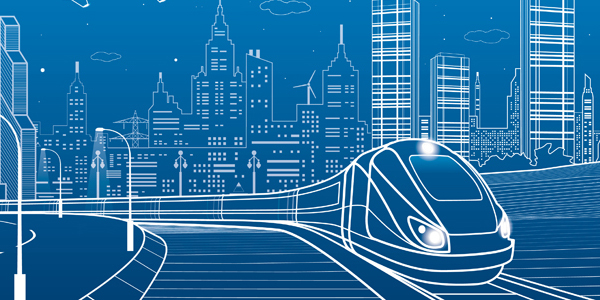I'd like a guard, please.

I never really liked any methods of DOO dispatch and was always acutely aware that whichever method was used there were always shortcomings. Given the shift in emphasis over the last few years to safe dispatch and platform safety in general, it was always in the back of my mind that I may be unaware of any incident that may happen once the train started to move. That said, thanks to be sufficiently paranoid, I never had any dispatch-related incidents while I was working DOO services, although others did.
Staffed dispatch with CD/RA was probably the safest but, as someone has said up-thread, once the RA goes up it cannot be taken back so there is no way for the platform staff to stop a DOO service once it's started moving. I'm glad that new rolling stock is consigning "legacy" methods of DOO dispatch to the history books. I disliked "look back" working less than platform mirrors/monitors, because platforms where this method was used were generally straight enough that I could continue to look back once the train was in motion and still see the length of the train, whereas once you move away from a platform mirror/monitor you can no longer see anything.
On the subject of platform mirrors/monitors, the key was to get correctly lined-up. Most days this was fine, but sometimes you'd get a bit of slip and stop a little way past the ideal location, and then you had a compromised view. There was only ever one mirror on my routes (White Hart Lane on the Down, if memory serves) and it was awful. It was poorly maintained, often dirty and appeared to have come direct from a fairground Hall of Mirrors. I'd prefer to get out on the platform to get a better view. The monitors were also of variable quality, although the later generation of colour monitors were generally clearer and more reliable than the older black and white versions. As with any camera and monitor system, they could be susceptible to showing a poor view due to bad weather or poor lighting conditions.
I've never tried the LU system of platform cameras and in-cab monitors, but I have used bodyside cameras with in-cab montitors. I have gone on record in the past to highlight the shortcomings of this system and felt that it represented an increase in driver workload. I recall that some new standards were laid down for these systems a while back and would be interested to know if these have improved matters compared to the older pre-standards set-up I used. I have previously called this the latest least worst solution to a problem that hasn't yet received the necessary attention, and I stand by that description.
Wing mirrors have never been tried in the UK, primarily because they would most likely be out of gauge and would offer no advantages over "look back" dispatch.
7. Look back.
Neck ache. It's actually a repetitive strain injury. And it really is. I'm glad we got new trains and screens got put in their cabs.
That depends on whether or not you have a safe method of working in the cab. I found that I could do "look back" without straining if I sat slightly sideways in the cab so that I didn't have to twist so far to get a good view. However, we were instructed that we should not attempt "look back" from a seated position, but rather stand and carry out dispatch in order to reduce the risk of injury. This would be particularly important on stock like Cl319s and Cl321s where the driver's seat is that little bit further from the droplight than is the case with gangway stock like Cl317s.



